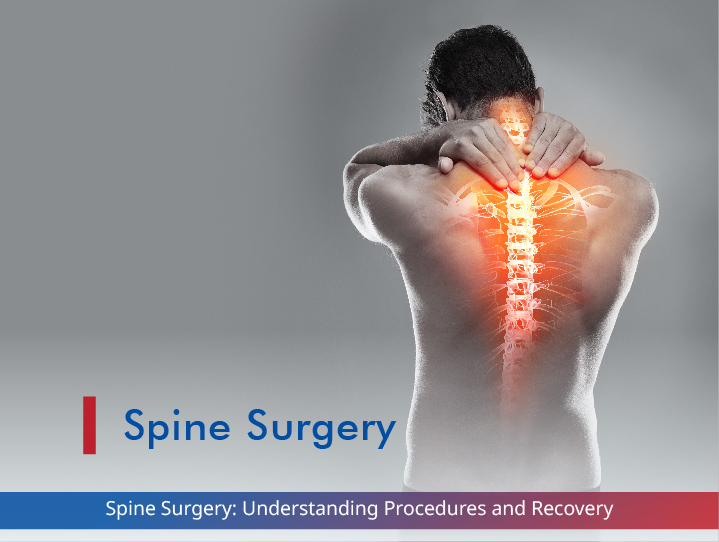Introduction
Dr. Narayana Subramaniam here, Senior Consultant and Director of Head & Neck Surgery, as well as the Director of Clinical Innovation at SPARSH Hospital, Infantry Road. Let’s delve into a critical aspect of healthcare that deserves our attention – hospital safety. While the term might seem redundant, the evolving complexity of healthcare delivery has given rise to hospital safety as a distinct discipline. In this article, I aim to shed light on why patient harm can occur, preventive measures, effective communication with healthcare professionals, and crucial considerations for ensuring a safe hospital stay.
Understanding Patient Safety
As healthcare practices advance, they concurrently become more intricate. Safety checklists, akin to those in high-pressure environments like aviation, play a crucial role in ensuring that patients receive the right diagnosis and treatment. Despite the seemingly straightforward nature of this process, the complexities involved in modern healthcare leave room for errors and harm. Recognizing patient safety as an essential component of quality care, institutions are increasingly emphasizing its measurement.
Why Does Patient Harm Occur? Is it Common?
Consider a scenario where a patient with a persistent cough seeks medical attention. The standard approach involves discussions about symptoms, examinations, blood tests, and imaging. However, ensuring appropriate treatment entails meticulous matching of the patient to their medical records, test results, and prescriptions. This seemingly straightforward process becomes complex due to factors like discrepancies in patient information, incomplete access to relevant information, and the absence of checks and balances throughout the evaluation and treatment stages. Without these safeguards, the risk of unintended harm, such as incorrect treatment or surgery, becomes significant.
Enabling Better Communication with Your Healthcare Team
Open and honest communication between patients and caregivers is paramount. Patients should feel comfortable sharing information, as our duty is to provide the best possible care without judgment. Seeking second opinions, raising doubts, and questioning treatment plans are not only encouraged but essential for informed decision-making. Creating a list of questions and concerns before outpatient visits can help alleviate the stress of the clinic setting, ensuring that no important details are omitted during discussions with the healthcare team.
For cancer patients, understanding the curability of the disease, treatment options, possible side effects, prognosis, and associated costs is crucial. It’s essential to approach survival rates with caution, as they represent population averages and may not accurately predict individual responses to treatment. The focus should be on providing the best possible treatment tailored to the patient, coupled with supportive care to minimize side effects.
Maintaining a comprehensive list of medications, including supplements, is vital. This information should be readily shared with healthcare providers to avoid potential interactions. Keeping digital records of hospital paperwork, discharge summaries, outpatient visits, and prescriptions can prevent unnecessary repetition of tests and ensure the completeness of medical information. Additionally, disclosing any previous surgeries, hospitalizations, or blood transfusions, no matter how distant, aids in planning the most effective treatment.
Ensuring Patient Safety During Surgery
Patient safety during surgery involves collaborative efforts between caregivers and patients. Engage in detailed discussions with the surgical team before admission to understand the surgical plan, recovery duration, potential complications, and necessary medical leave post-discharge. Patient information sheets, often provided by hospitals, offer valuable insights and can be reviewed at home.
Upon admission, confirming personal details on the issued wristband is crucial. Patients should communicate their regular medications and allergies to the healthcare team. Reconfirming the surgical plan with the team a day before surgery or before shifting to the operating theatre ensures clarity. Marking the surgery site, especially if specific to a side of the neck or limb, adds an extra layer of safety. Carefully reviewing and confirming details on the surgical consent form, with input from an accompanying person, is a critical step. Patient participation in the process and the willingness to ask questions contribute significantly to preventing medical errors.
Patient Safety: A Shared Responsibility
While this article may raise awareness about the potential risks in a hospital setting, it aims to empower individuals rather than instill fear. Drawing parallels with safety practices in the aviation industry, where checklists and protocols have proven effective, hospitals can similarly benefit from systematic safety measures. ‘Do no harm’ remains the central tenet of medical practice, and safety plays a pivotal role in reducing healthcare costs, improving system efficiency, and fostering trust in healthcare.
As we collectively strive toward a zero-harm environment, safety becomes a shared responsibility. Let us work together, patients and healthcare providers alike, to ensure a safe and effective healthcare experience. Remember, safety is not just a part of quality healthcare; it is the cornerstone that shapes outcomes and enhances the patient experience.







